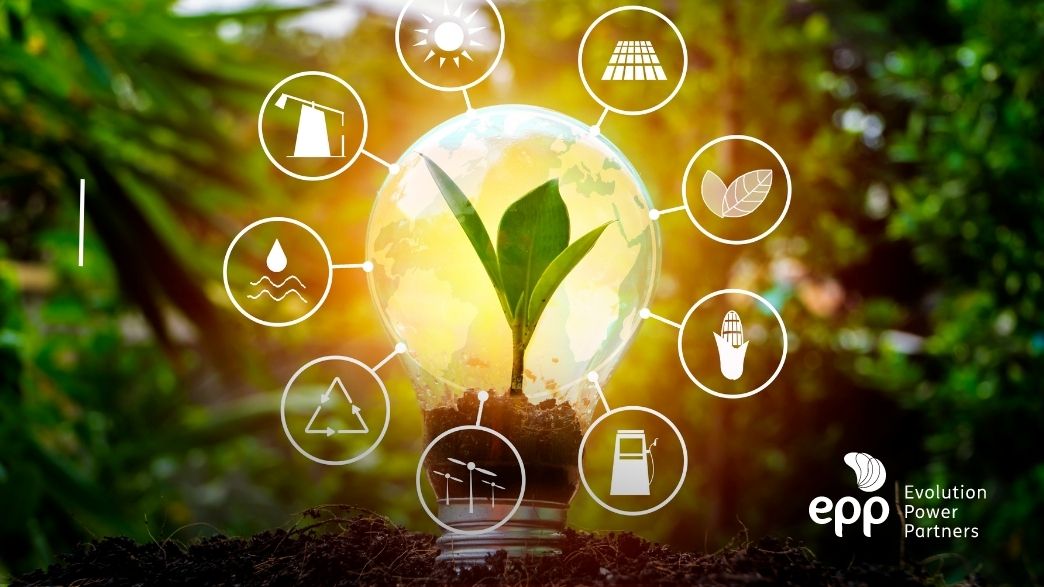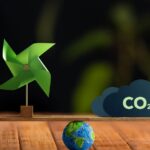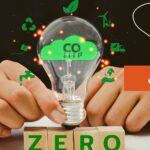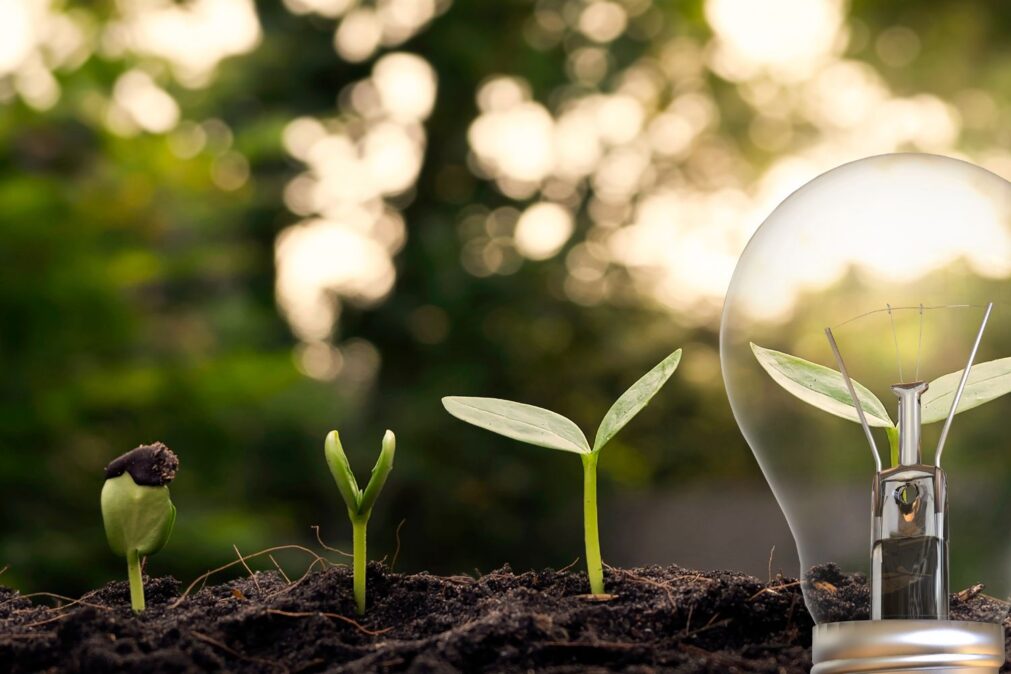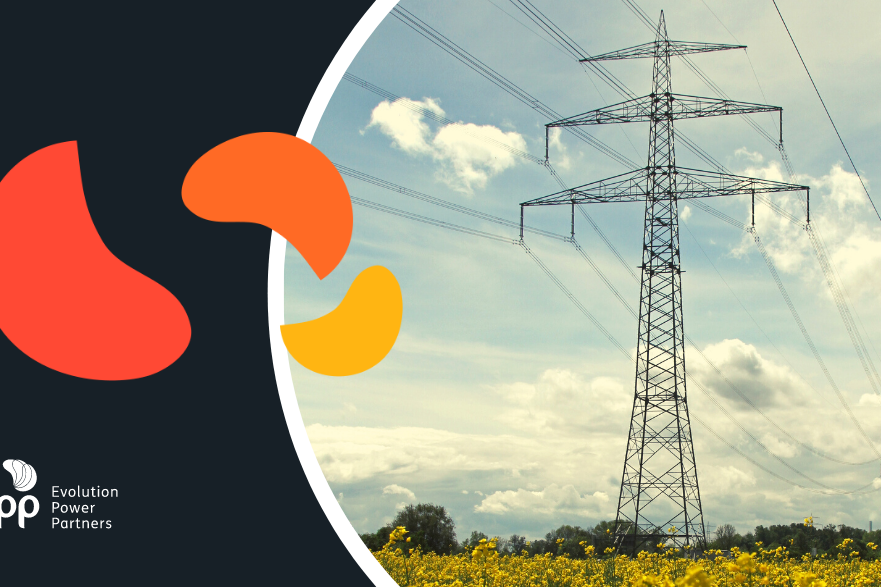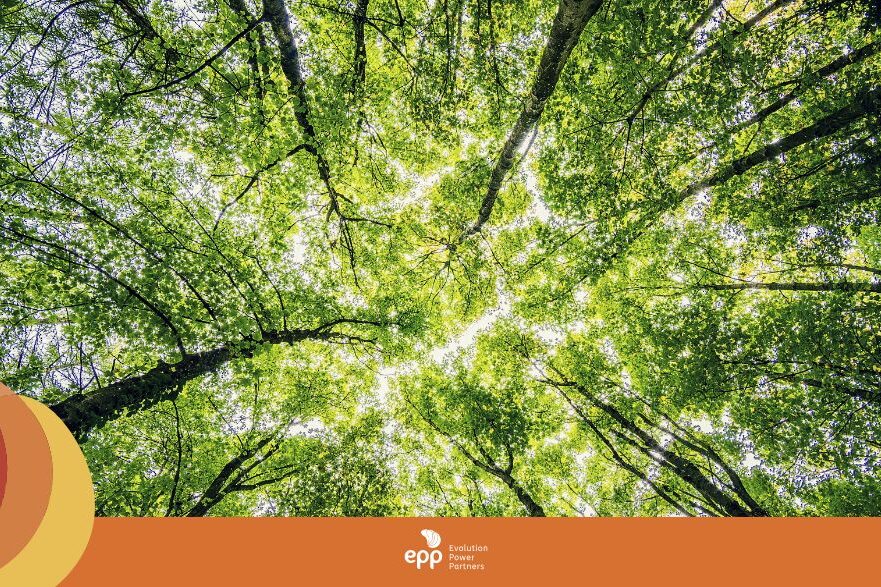The energy transition can be developed with the expansion of 5D in Brazil. Understand what each one means.
The energy transition is the process of migrating from energy production based on fossil fuels, such as oil and coal, to a cleaner generation, investing in renewable sources, such as wind, solar and biomass generation.
With global warming and climate change, countries had to readjust their matrixes. Thus, in addition to seeking greater energy efficiency, the transition is one of the alternatives to gradually change the generating sources and reduce emissions.
Brazil has what it takes to be a decarbonizing power with good sources and alternatives to make an energy transition and achieve the stipulated targets for reducing greenhouse gas (GHG) emissions. Understand about the transition in the country and what are the 5Ds of this process.
The energy transition in Brazil and the 5Ds
Brazil already invests in energy transition initiatives with projects distributed throughout the country. Whether with public projects, public-private partnerships or company initiatives, there are models in planning or assets for solar generation, wind energy, biomass development, which, with hydroelectric production, makes the country have almost 50% of the energy matrix and 85% of the electricity matrix generated from clean and/or renewable sources.
Understand what the 5Ds are that permeate the energy transition process.
Decarbonization
At the heart of the energy transition is the decarbonization of the matrix. That is, the replacement of sources that generate CO2 by others that generate less or no harmful gas to the environment. Brazil has a favorable scenario in terms of decarbonization, as it already has a good part of the clean matrix. But there is a need to increase the participation of other sources, to guarantee energy security, in addition to decarbonization.
Decentralization
Although much is said about decarbonization, there are other fundamental elements for a complete energy transition. Decentralization is one of them. Without this dissemination of production, it is impossible for only the government and a few companies to produce and distribute energy. In this case, distributed generation is one of the solutions because it boosts the use of renewable sources and increases and facilitates access to energy generation by the consumer. This reduces costs for everyone involved and reduces transport losses.
Digitization
Digitization is not something exclusive to the energy sector, but it goes through it and is of fundamental importance. With the advancement of smart networks, blockchain, internet of things and big data, it is possible to develop new solutions for efficiency and expansion of access. The technology also helps to reduce costs by optimizing systems and processes.
Democratization
There are still around 750 million people in the world who do not have access to energy and, in Brazil, the number reaches 900 thousand. Therefore, in addition to the energy transition, these people must have access to quality energy at competitive prices.
The country’s challenge is to make society as a whole benefit from available resources and existing solutions. In addition to democratizing access, this development has a positive impact on the economy, generating jobs and competitiveness in the market.
Market drawing
The market design must ensure that the negotiations that take place are efficient and with the best allocation of costs and risks among the agents. This well-done development also allows innovations to make the sector more competitive, creating improvements for the consumer. The modernization of the electricity sector and the recent measures on infrastructure approved by the government indicate a good path towards the consolidation of a strong market, but it is necessary to ensure that the approved measures are put into practice.
Until the transition is complete, natural gas is of great importance to reduce emissions without impacting energy production and distribution. If you liked this content and want to read more about biogas usage, read the content on the blog.
